Last 12 months’s Android replace was tame by any normal; outdoors of some customization choices, tweaks to the Material You aesthetic, and the same old safety updates, we did not get many new options in Android 14. That’s why I used to be excited once I put in the Android 15 beta earlier within the 12 months; Google launched over a dozen new options, together with notification cooldown, battery charging restrict, and a lot extra.
There’s only one downside: most of those options are lacking within the secure launch. Some options — like the flexibility to restrict battery charging to 80% — have been pushed to the QPR1 launched that is slated to reach in December, and others are seemingly coming in subsequent 12 months’s Android 16 launch.
That stated, there are quite a few smaller adjustments that find yourself making a distinction in day-to-day use, and if you happen to’re on a Pixel, you may instantly discover the smoother animations. While most up-to-date Pixels have 120Hz panels, the interface is nowhere as easy because the likes of MIUI or ColorOS, and that is fortunately altering; I seen a giant uptick in fluidity on my Pixel 9 Pro XL after switching to the Android 15 secure construct.
This is not simply the case on the Pixel 9 Pro XL; I discovered the identical to be true on my Pixel 9, and final 12 months’s Pixel 8 and eight Pro as properly. This change alone makes Android 15 a lot better, and also you get a slate of safety updates and theft safety options that guarantee it’s practically unattainable for thieves to entry your stolen system’s information.
While there is not a lot in the way in which of UI adjustments, the redesigned quantity panel on the Pixels is nice to make use of, Private Space is a unbelievable addition, and there are smaller tweaks all through the interface. I used the preview builds of Android 15 and examined all beta releases, and converted to the secure construct on my Pixel 9 Pro XL as quickly because it turned out there. So this is all the things it’s essential to find out about what Android 15 has to supply, and when (or if) all of those options will make their method to your system.
Android 15 brings much-needed fluidity to Pixels
While I like Pixel Launcher generally, the interface has its share of points; there may be noticeable jitter, the animations are janky, and it simply is not an awesome expertise. The Pixel 9 Pro XL is a little bit higher on this space, however the system nonetheless does not measure as much as different Android skins when it come to fluidity.
That’s altering with Android 15. Google overhauled the animations, and they are much smoother; whether or not it is going again to the house display screen, utilizing the overview menu, switching between apps, or simply navigating the app drawer, there is a fluidity that was clearly lacking in Android 14. This is essentially the most noticeable distinction in Android 15, and it makes Pixels that a lot better to make use of. The change is not simply restricted to the Pixel 9 collection, however goes again to the Pixel 8 and eight Pro, and the Pixel 7 collection as properly.
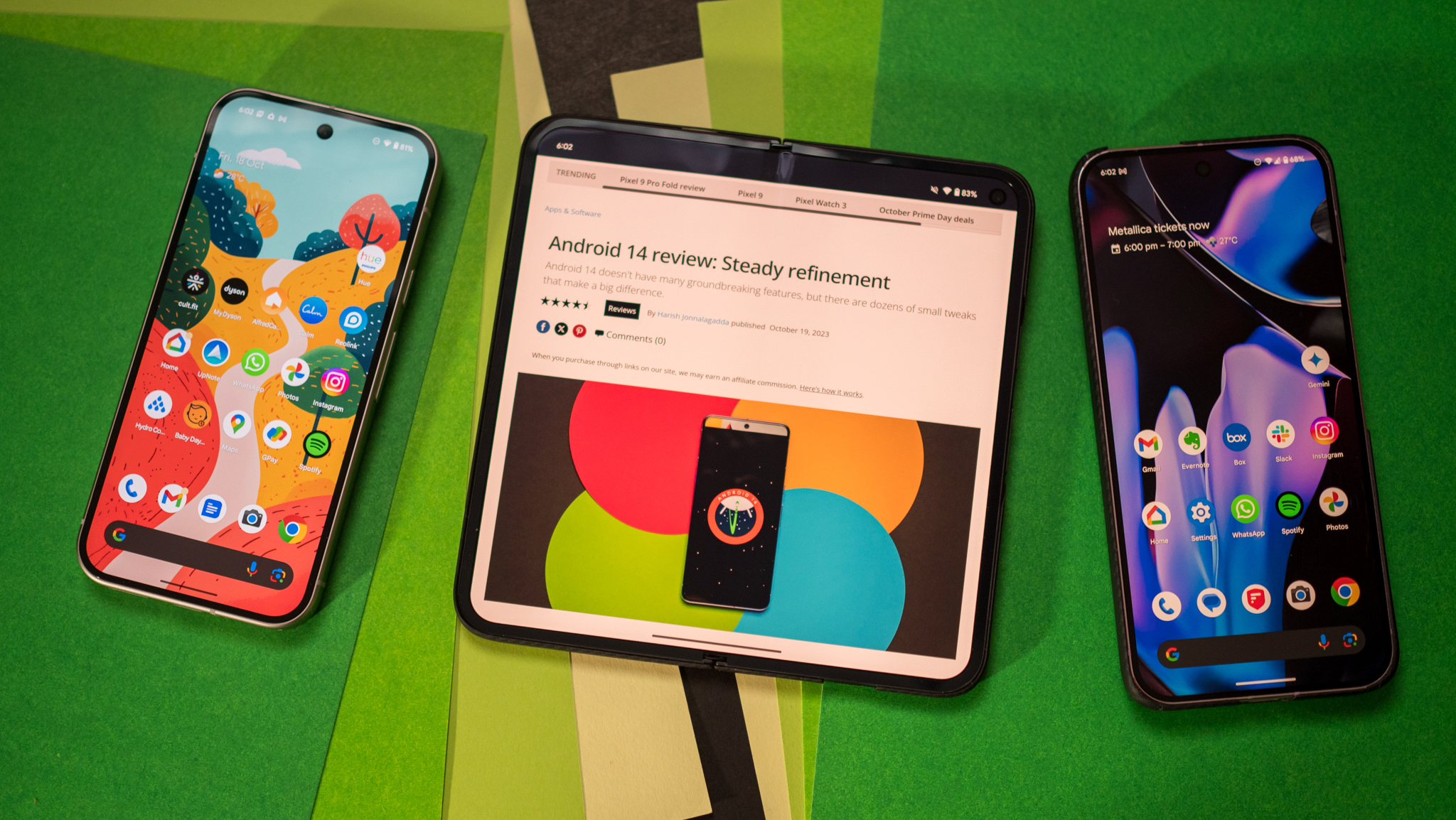
Other skins like OxygenOS nonetheless have an edge in terms of total fluidity, however Google made up lots of floor on the Pixels, and it lastly appears like these gadgets can take full benefit of 120Hz panels.
Another downside that routinely plagues Pixels is scrolling; when studying a long-form article or regularly scrolling, there has at all times been a noticeable stutter, and fortunately, Android 15 addresses this difficulty. Scrolling is simply as easy as common navigation, and once more, this can be a important change that makes an actual distinction in usability.
Private Space locks down your information
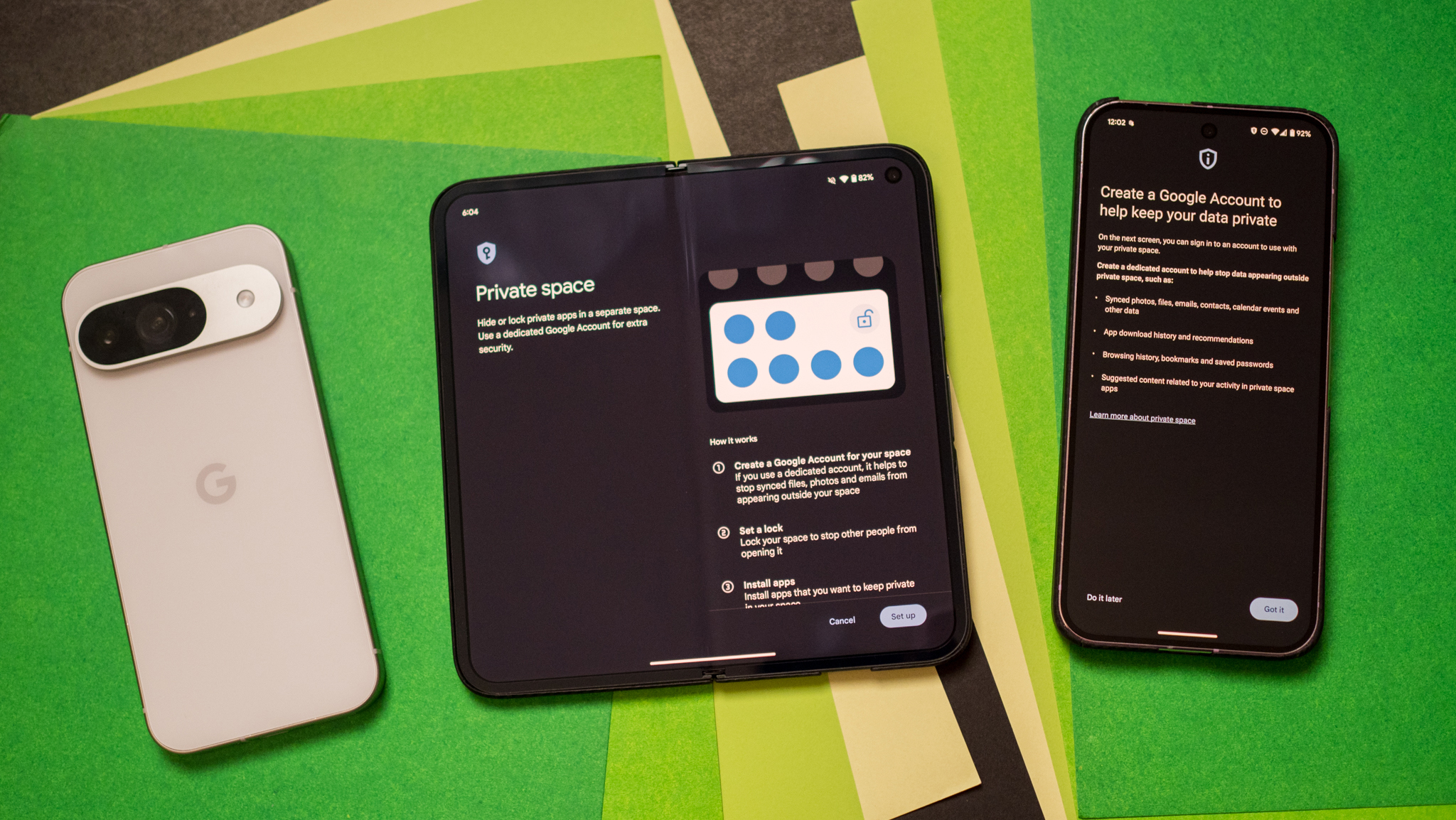
Most Android skins include the flexibility to lock apps and delicate information behind a password, and with Android 15, Google is introducing its tackle the function. Dubbed Private Space, it lets you lock apps in a definite area that is outdoors the principle app drawer.
It principally creates a sandbox, so you have to to make use of a special Google account with the mode. Any apps inside Private Space do not present up within the app record, privateness dashboard, or permissions supervisor, and it is not potential to maneuver them to a brand new system. You also can arrange a brand new display screen lock to entry Private Space, and the mode is accessible by navigating to the underside of the app drawer and selecting the Private part.

What’s attention-grabbing about Private Space is you can run a second occasion of an app with out an excessive amount of of a trouble. MIUI and ColorOS have a nifty app clone function, however Private Space lets you do one thing related on Pixels; if something, it’s a higher implementation as you should utilize any app or messaging service you need on this mode.
You additionally get full entry to the digicam, and any photographs or movies taken when utilizing this mode shall be saved within the Private Space gallery and will not present up within the common gallery. Overall, Google did an awesome job with Private Space, and if you wish to disguise delicate information, that is an extremely helpful function.
Android 15 has a lot better widget previews

Android 15 does not introduce any main adjustments to the interface, and that is not a nasty factor. The Material You aesthetic clearly has quite a bit going for it, and three years after its debut, it continues to face out for its utilization of daring colours and distinctive styling. I get that not everyone seems to be a fan of the design, however it is without doubt one of the causes I like utilizing Pixel gadgets, and it is good to see Google not altering issues wholesale.
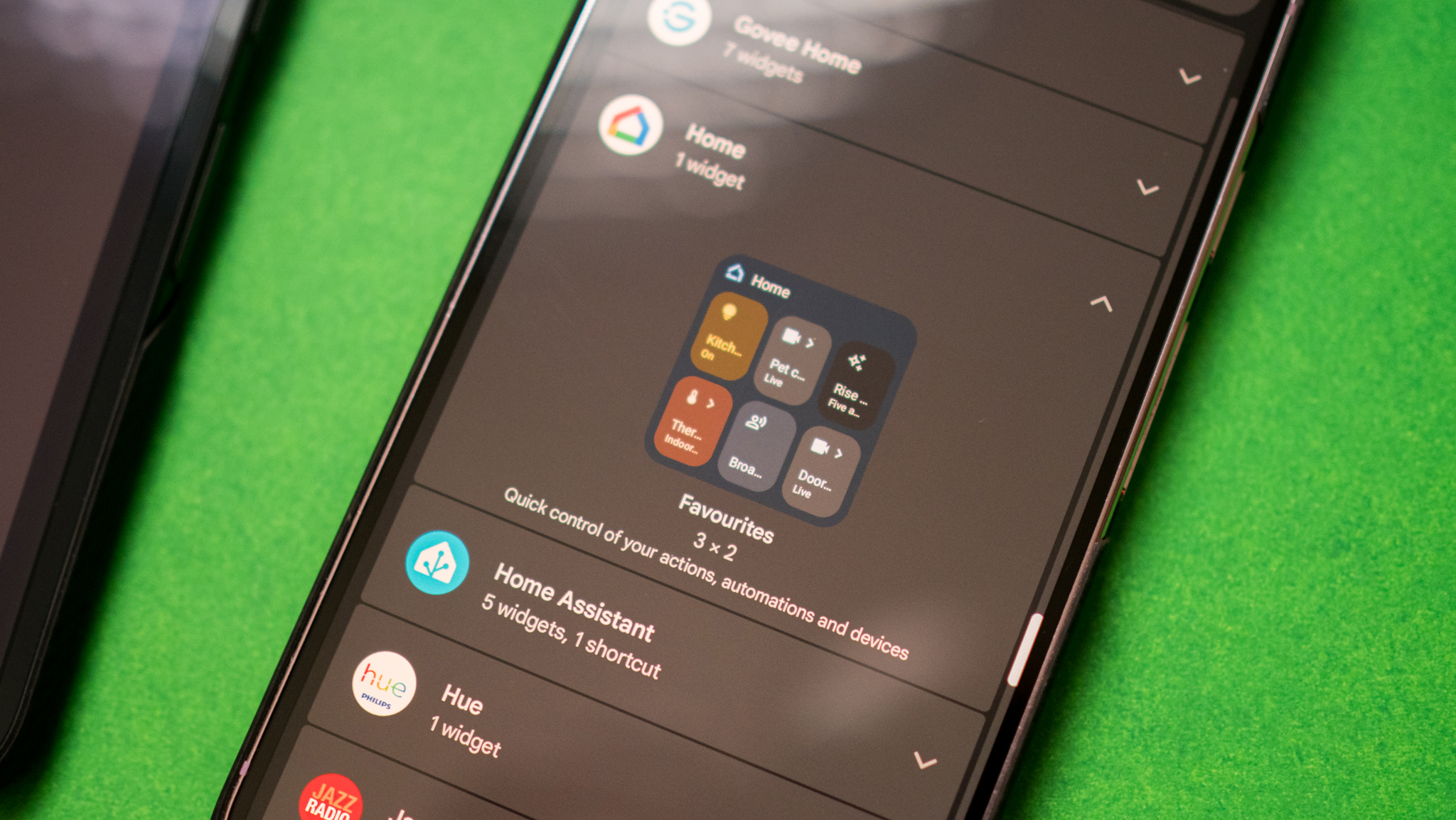
That stated, there are just a few smaller additions, beginning with widget previews. When you go into the widget part, you get a stay preview of the widget, and that provides you a a lot better thought of the way it will seem like on your property display screen. This is a minor tweak as issues go, however it makes choosing the correct widget simply that little simpler.
On the topic of issues that have not been addressed, themed icons are nonetheless annoying to make use of, and after three years, the function remains to be in beta. Google simply is not in a position to ship on this regard, and it ought to look to iOS 18 to see methods to get this proper in a single go — my iPhone 16 Pro Max has higher icon styling than my Pixel 9 Pro XL.
Android 15 has a brand-new quantity panel
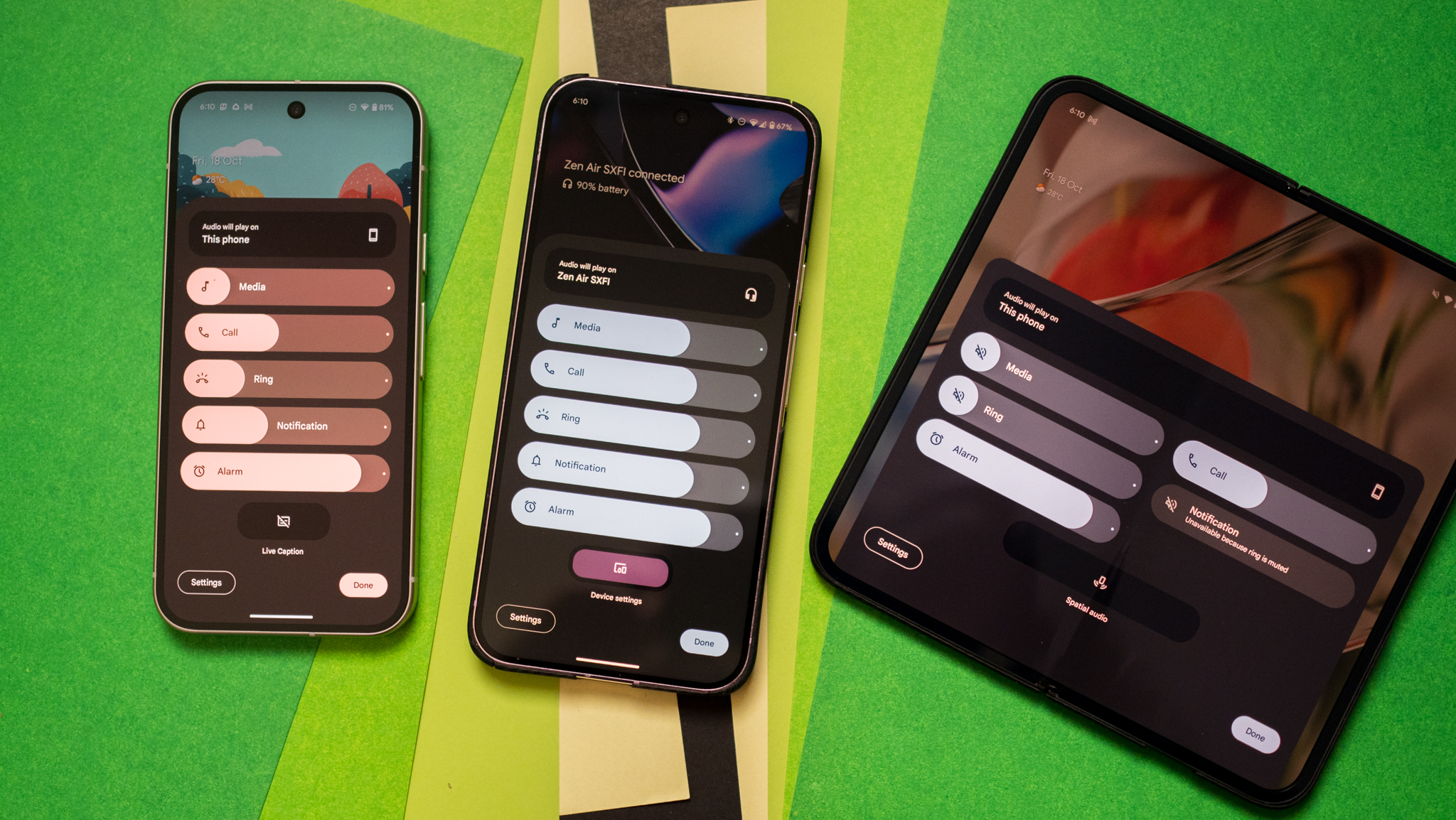
Google likes fidgeting with the amount management on Pixels, and this time, I really just like the adjustments. The quantity panel (accessible by choosing the three dots beneath the amount slider) is noticeably larger and has chunky controls, and it appears to be like cleaner. You additionally get to see what system is getting used to play audio, and like all the things else, the colours change based mostly on the accent colours you have chosen.
Of course, there is a good likelihood that this quantity panel is proscribed to Pixels; different skins use their very own system, and it is unlikely they’re going to use Google’s panel.
Android 15 delivers a lot better haptics
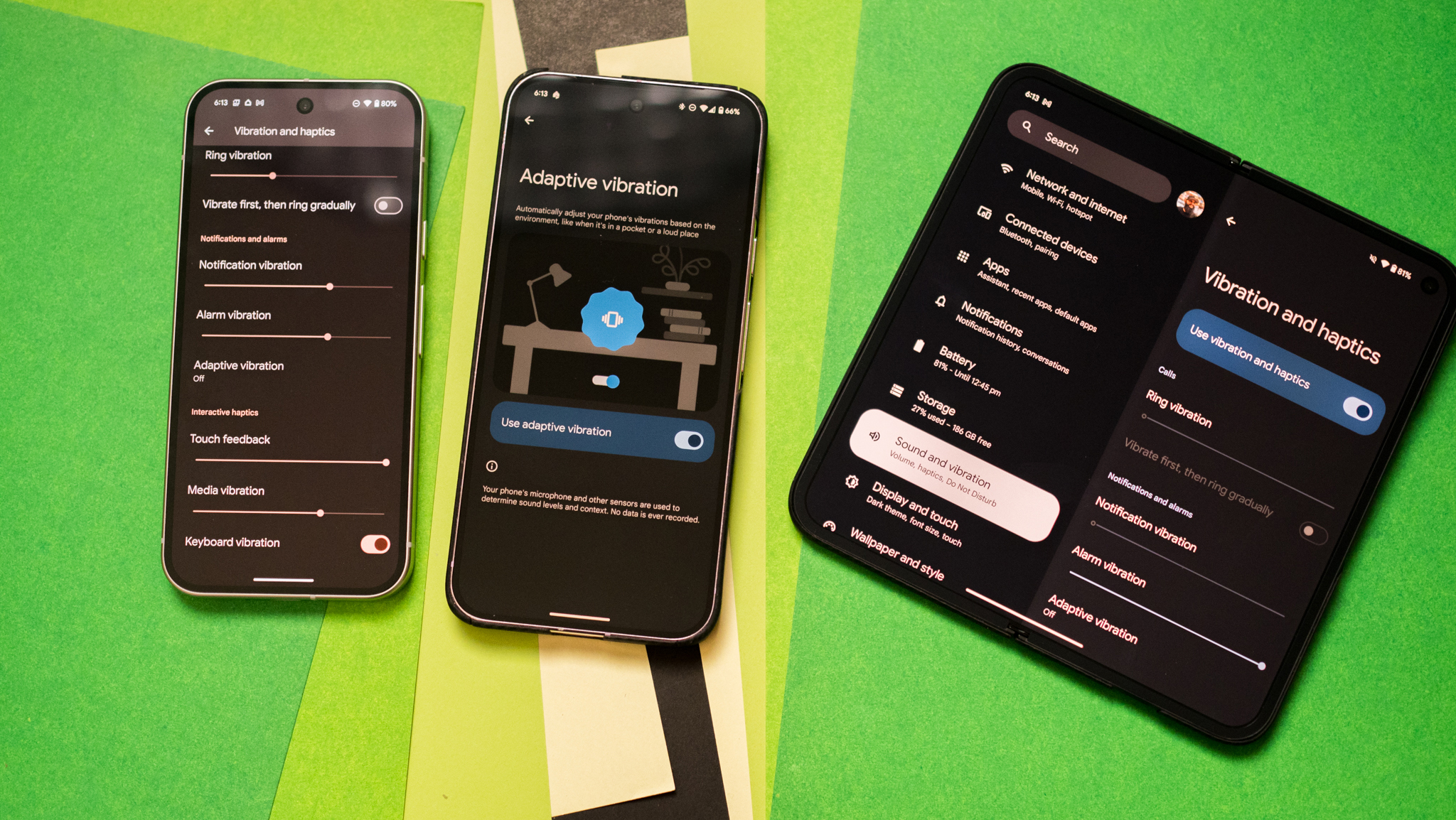
Android 15 unlocks using haptics in new places, and this can be a nice transfer. The haptic motor is now triggered if you change the brightness utilizing the brightness slider, or adjusting the amount. You nonetheless get haptic suggestions if you use the again gesture, within the overview menu, and if you’re utilizing the keyboard (when you’ve got it enabled).
You can now choose the depth of haptic suggestions; I like this function in ColorOS, and it is good to see Google bringing it to a greater diversity of gadgets. Another new addition is adaptive vibration, which dynamically adjusts the depth of the haptic motor based mostly on the surroundings; you get a stronger suggestions in case your telephone is in your pocket or in case your environment are noisy, with gentler vibration when it is subsequent to you on a desk.
Android 15 safeguards your information like by no means earlier than

Google does a superb job including safety and privateness options to each new Android launch, and that is true with Android 15 as properly. This time, a key focus is theft prevention, with Google leveraging its on-device AI smarts to supply a collection of options geared toward making certain your information is not accessible in case your system is stolen.
Remote Lock is the most effective function on this regard; in case your lose your system, you may simply lock its display screen with a telephone quantity by going to android.com/lock — it is as simple as that. All it’s essential to do is allow the function in your telephone — it is situated within the Theft safety menu within the Device unlock settings — and confirm your telephone quantity related along with your Google account.
Obviously, the system must be on-line for this function to work. If it is offline, the system will lock the following time it goes on-line. There’s one other function dubbed Offline system lock that locks the display screen shortly after your system goes offline, and that is achieved mechanically to safeguard your information.
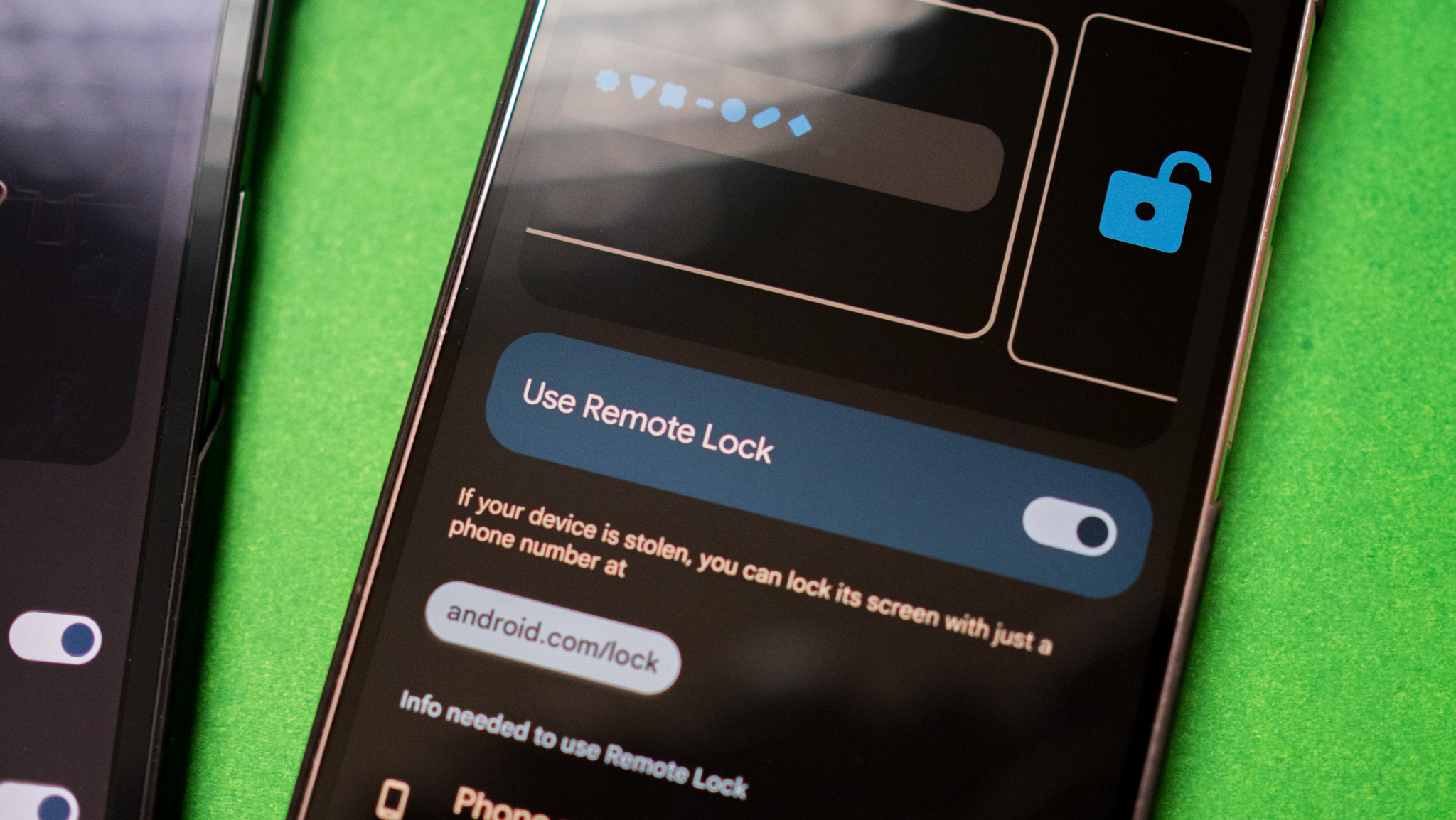
Theft Detection Lock makes use of onboard sensors to find out in case your telephone is stolen. If you are utilizing your telephone and somebody snatches your telephone and tries to run or drive away, the system mechanically locks. Google is rolling out this function broadly, stating that each one gadgets working Android 10 and above ought to be getting an replace to incorporate this function shortly.
There are a number of smaller adjustments designed to guard your information:
- Google is rolling out “enhanced manufacturing facility reset safety,” which makes it more durable to reset your system whether it is stolen. You’ll have to confirm your Google account credentials earlier than a reset, and that ought to deter thieves from having the ability to reset a tool.
- Entering a number of incorrect passwords will lock the system for a period, which is what most different Android skins already do.
- Any adjustments made to Find My Device settings will now want a PIN, password, or biometrics.
- Google will roll out an Identity Check function later this 12 months that may require biometric authentication when accessing key Google account or system particulars, like altering the PIN, accessing Passkeys from an unknown location, or disabling theft prevention. The function shall be opt-in.
Android 15 brings selective display screen recording
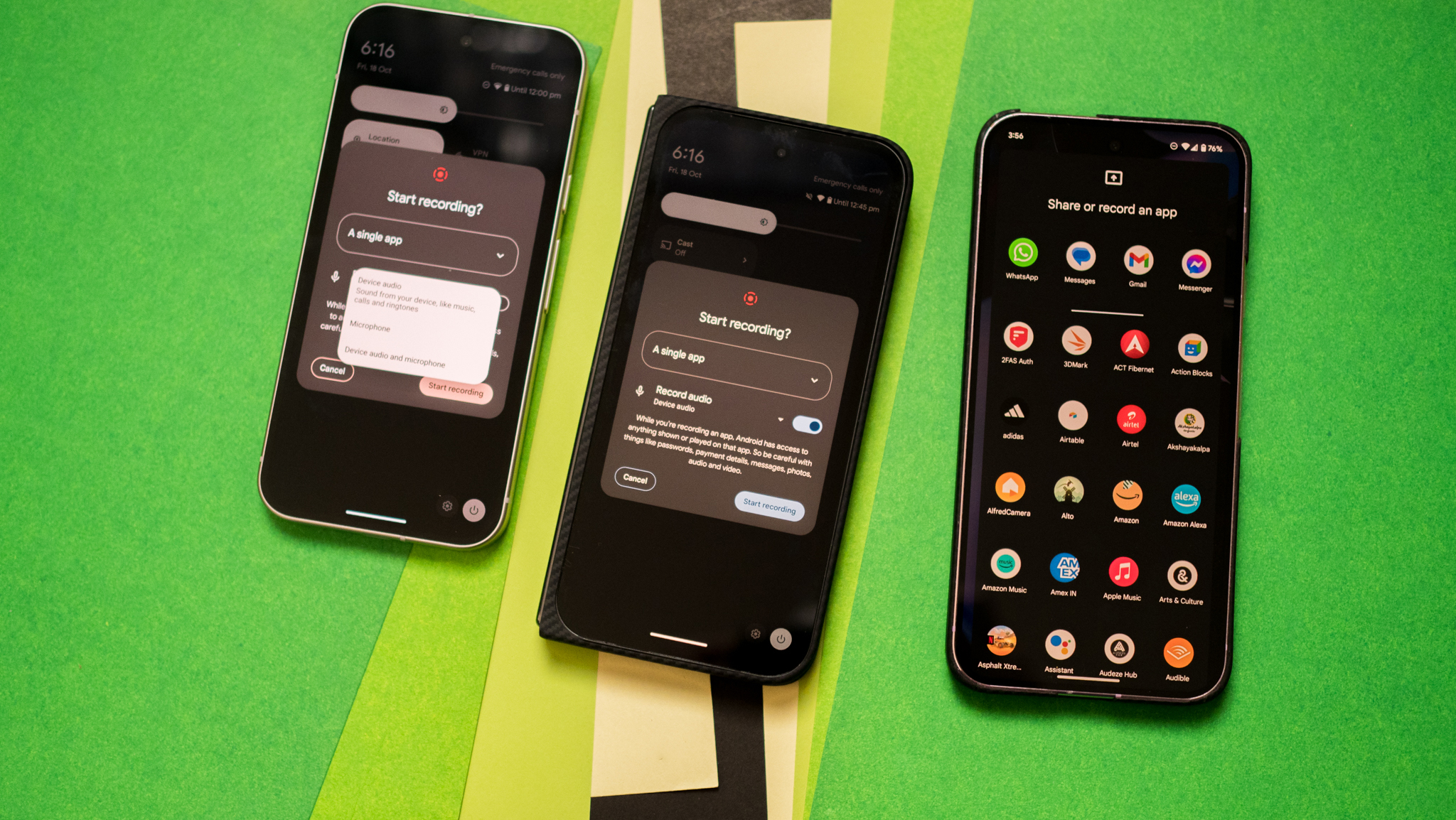
Android 15 brings adjustments to the built-in display screen recording service; now you can use partial display screen recording to document simply an app window as an alternative of your complete display screen. This is beneficial if you happen to’re documenting one thing inside an app and don’t need different particulars — community connectivity, unread notifications, or the standing bar — to point out up within the recording.
As at all times, you may document audio together with the display screen, and there is the flexibility to decide on the supply: system audio, mic, or a mixture of the 2.
App archiving in Android 15 is definitely nice

App Archiving is now out there in Android 15, and it lets you delete an app whereas nonetheless having its information preserved. Basically, the information related to that app is saved in your Google account, and as soon as it’s essential to use it once more, you may simply set up it. The app icon stays in your app drawer, however it’s greyed out and has a obtain icon. Selecting it would obtain the app onto your system once more, and all of the settings and information is unbroken.
This is a unbelievable function to make use of on Pixels; Google nonetheless has simply 128GB of storage on base fashions of its newest flagships, and if you happen to do not pay a further $100 to get further storage, there is a good likelihood you may replenish the storage in your telephone in a matter of months. To offer you some context, in lower than two months of utilizing my Pixel 9 Pro XL, I used up 138GB of information; I’m utilizing the 256GB mannequin, but when I had the 128GB model, I might’ve needed to archive nearly each put in sport.
Predictive again gesture would possibly simply be usable now
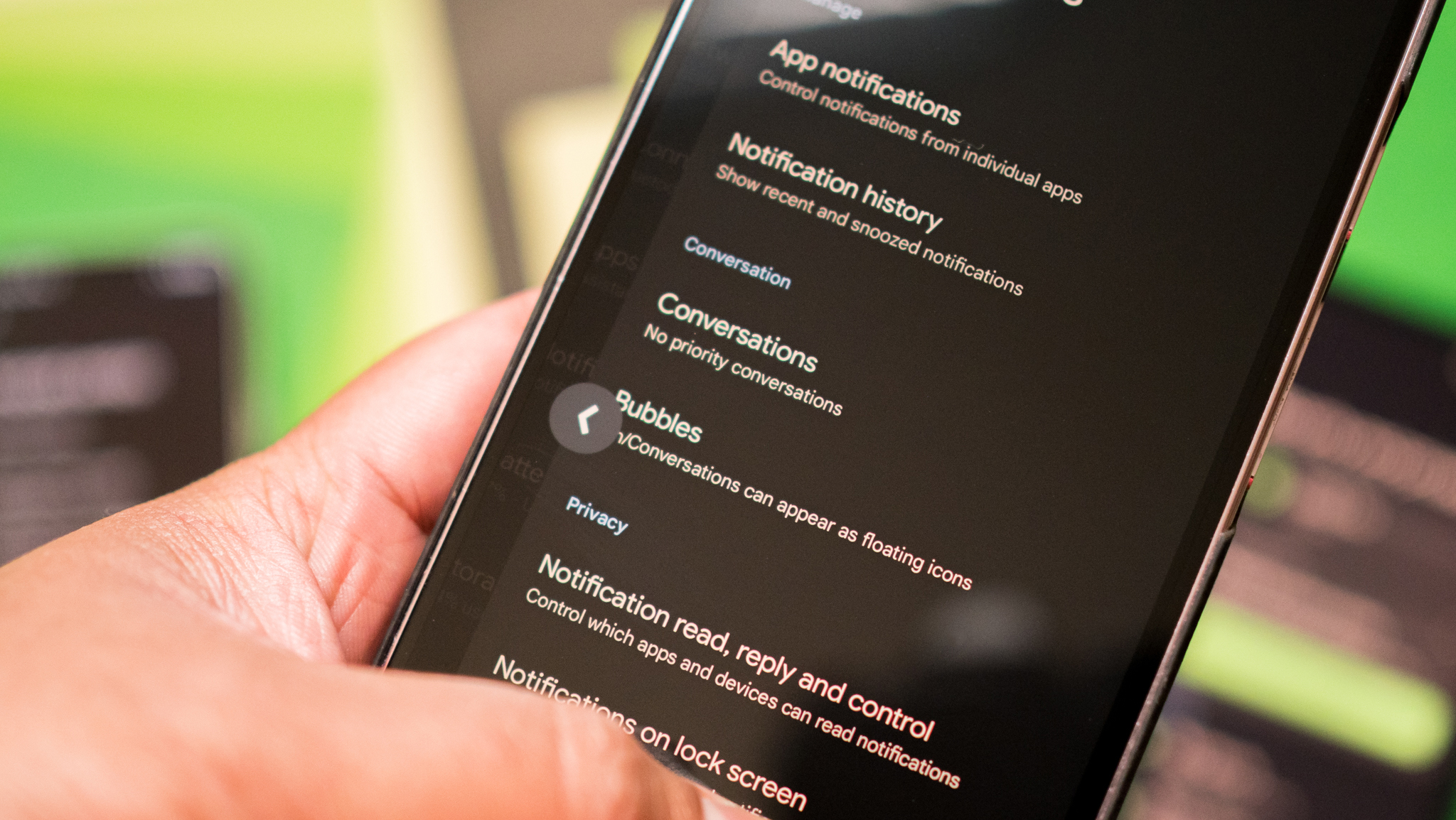
It feels just like the predictive again gesture has been round for some time now, and whereas Google initially showcased it two years in the past, it is lastly usable now. The again gesture lets you basically preview the web page you may be returning to if you begin utilizing the again gesture, and it’s a nifty navigational help.
The predictive again gesture is enabled by default on Pixels, however Google does not implement its use, so it its utilization is not constant — even Chrome does not have it but. And it stays to be seen if different manufacturers make the most of the function in any respect in their very own skins.
Foldables get much-needed love in Android 15
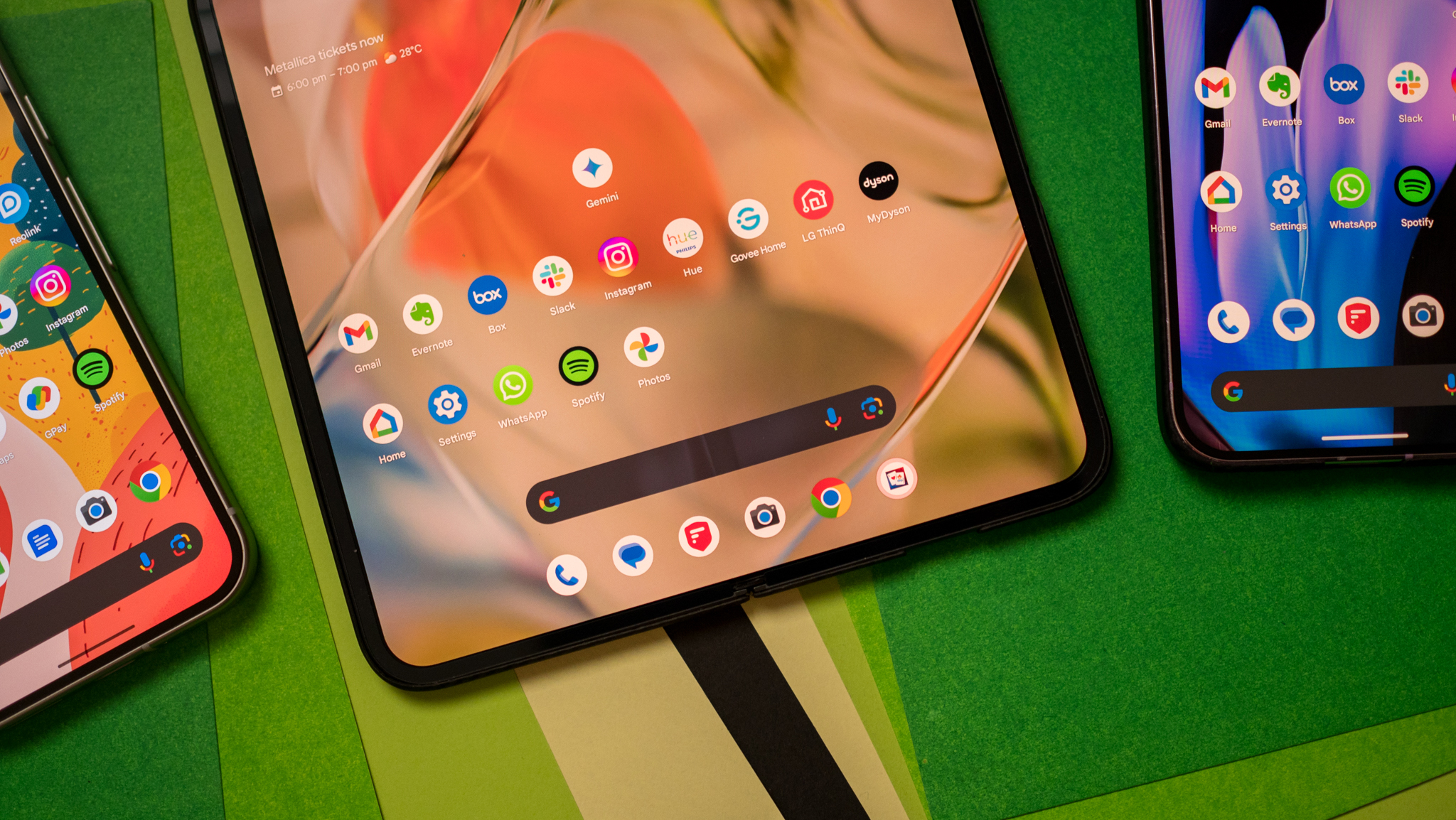
Foldables are mainstream sufficient today, however the usability varies considerably based mostly on producer. Google is addressing this in Android 15 by making just a few options normal on foldables, together with the flexibility to pin the taskbar on the backside of the display screen.

Other manufacturers do a superb job with multitasking options, however it has been a little bit of an afterthought on Pixels. That’s fortunately altering with App Pairs; the function lets you launch two apps in split-screen mode directly. It’s simple to arrange and use, and if you happen to launch the identical two apps in split-screen mode, you may principally arrange an icon that may launch that app pair mechanically — the window configuration shall be preserved as properly.
Android 15: Coming to a telephone close to you

Android 15 does not have many thrilling options, and that is by design. Google modified the way it handles updates within the final two years; as an alternative of bundling all its options right into a single model replace on the finish of the 12 months, it regularly rolls out new options as they turn into out there. By making certain that system and safety patches aren’t linked to the model launch, Google successfully ensures {that a} wider swathe of gadgets can get important updates.
That stated, you continue to get noteworthy additions. Private Space does an awesome job locking down delicate information, the UI tweaks and enhancements to haptics make utilizing Pixels that rather more pleasant, and Google launched much-needed theft safety measures.
What I like essentially the most about Android 15 is the elevated fluidity; it simply makes such a giant distinction on Pixels, and the system-level optimization ought to enable different manufacturers to reap the benefits of this. As for when your telephone will get the Android 15 replace, now that the secure construct is out there, different producers will begin rolling out their very own beta applications, and we must always get the secure launch on most flagships earlier than the tip of the 12 months.
